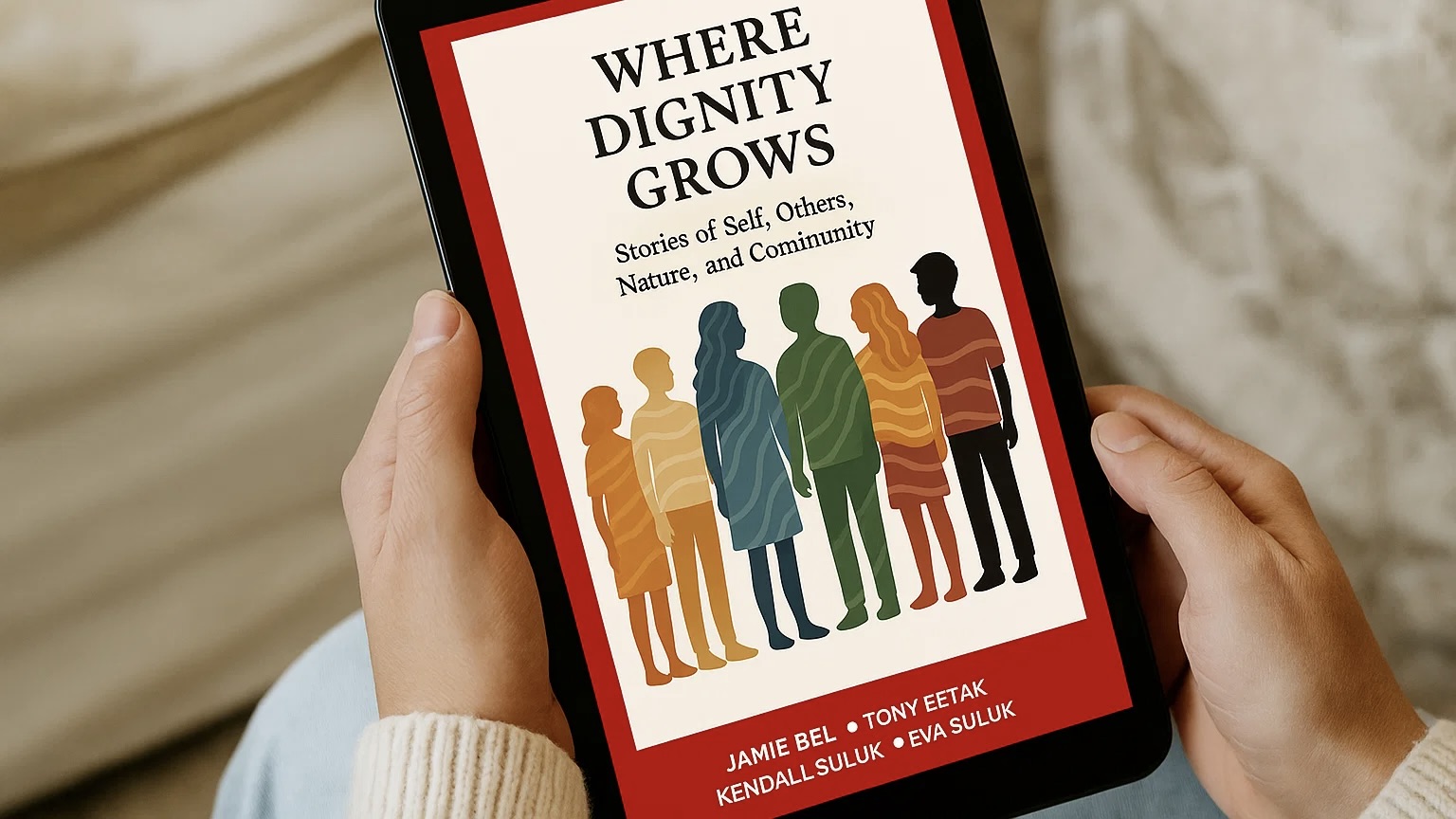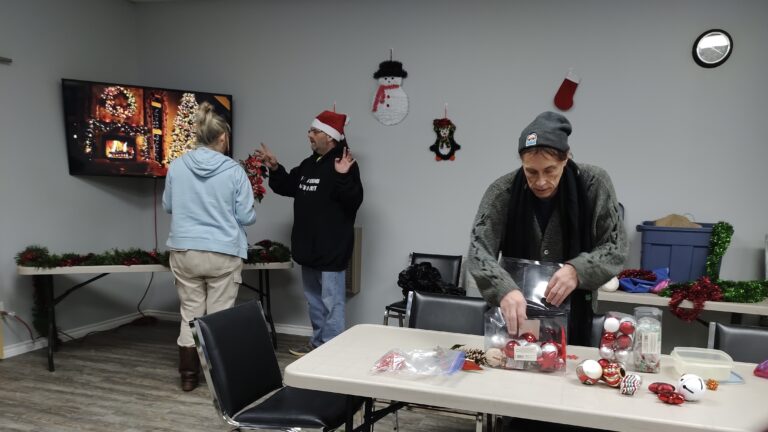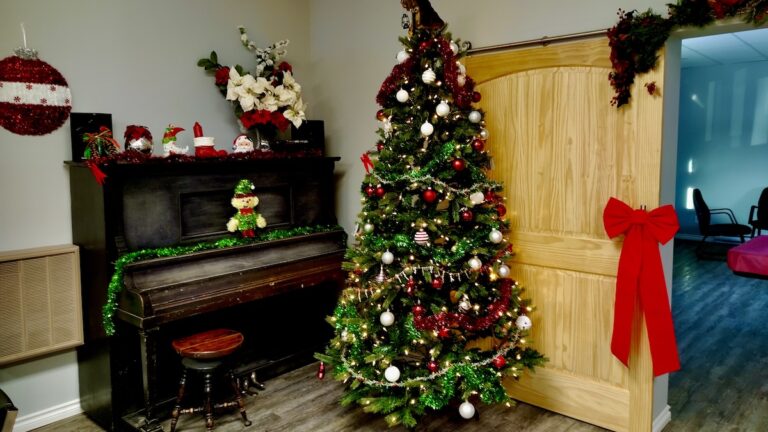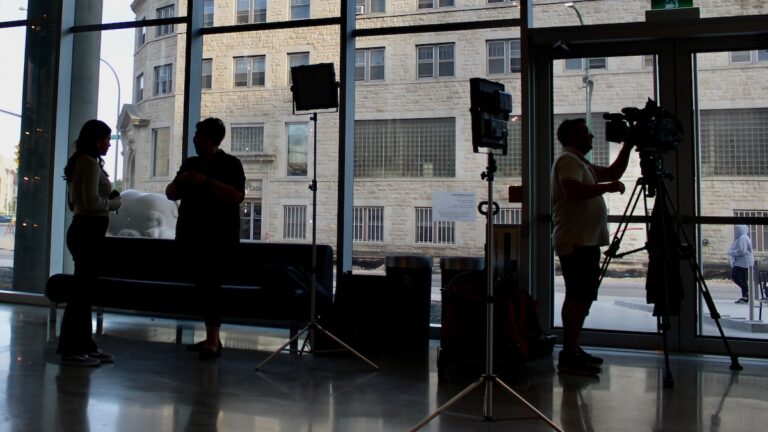
Where Dignity Grows is a collection of short stories about dignity and kindness To mark two decades of promoting dignity and kindness, youth, artists and community volunteers from Art Borups Corners and Ottawa-based Global Dignity Canada launched a heartwarming community arts project. The groups, with funding from the Ontario Arts Council Multi and Inter-Arts Projects program, worked with youth and artists to explore introductory storytelling as part of their summer program, and decided to publish a collection of 20 short stories.
How Digital-First Infrastructure Is Redefining Storyteller Development
Beyond the Blank Page
This past summer at The Art Borups Corners Land Lab, the idea of what it means to be a storyteller was turned completely on its head. The group met every weekend over the summer, on Saturdays, to explore the art of storytelling and publishing as part of their capacity building, internship and mentorship programming.
For years, the image of a writer or artist has been tied to the romantic notion of the lone creator — someone sitting in silence, wrestling with the blank page until a story finally takes shape. They didn’t just write stories. They built them — piece by piece, across formats and disciplines — weaving together oral history, digital media, visual art, and collective reflection.
Storytelling as Capacity Building
The summer program was designed as both a creative lab and a training ground. Community members and artists learned how to move a story from a spark of an idea to a shareable piece of media — not by following a single formula, but by understanding how ideas evolve through dialogue, structure, and purpose.
Workshops focused on story development, oral history interviewing, visual storytelling, editing, translation, and digital publishing. Each stage offered a window into a different part of the creative process.
But the deeper goal was to build capacity — to help young creators see themselves not only as writers or illustrators, but as project leads, editors, and cultural workers capable of carrying a story from conception to completion.
They learned to ask new questions:
- Who is this story for?
- How can it connect with others beyond my community?
- What values or teachings sit at the heart of what I’m making?
Many of those reflections came through shared conversation — sitting outside in the evenings, recording stories with elders, or editing rough drafts side by side in the Land Lab workspace.
Learning Through Doing
While the program integrated digital tools to support story production, the real learning came through hands-on collaboration. Mentors introduced frameworks that helped participants map their ideas — outlining story arcs, identifying guiding values, and experimenting with how a narrative could shift across formats. For some, that meant transforming an oral story into a short written piece. For others, it meant creating a digital version with illustrations or audio components. Each participant was encouraged to think holistically — to see their story not as a finished manuscript, but as a living project that could grow, adapt, and reach different audiences.
Mentorship and Collaboration
A defining feature of the Art Borups Corners approach has always been mentorship. This summer, experienced artists worked alongside emerging creators, guiding them through the realities of creative production — from planning and time management to sharing work publicly.
The mentorship model was intentionally hands-on and conversational. Rather than formal lectures, participants and mentors co-created projects together, learning in real time how to make decisions about tone, pacing, visuals, and storytelling ethics.
This approach blurred the lines between teacher and learner. It created space for participants to gain confidence not only in their technical skills, but in their creative identities.
By the end of the summer, every participant had produced at least one complete project — a story, a digital short, or a publication — but more importantly, they had learned the rhythm of professional creative work: the balance of vision, collaboration, and iteration.
A Foundation for the Future
What emerged from the program was more than a collection of stories. It was a cohort of young creators who now understand the full lifecycle of creative work — from inspiration to publication, from the local to the digital. They learned that storytelling in today’s world isn’t just about self-expression. It’s about building bridges — between generations, between mediums, and between communities.
At Art Borups Corners, that’s what “digital-first” really means — not technology for its own sake, but infrastructure that supports growth, confidence, and connection.
Because in the end, the greatest story to come out of this summer wasn’t one that anyone wrote alone. It was the collective one — about how a small northern arts program helped a new generation find their voice, and the tools to share it with the world.





